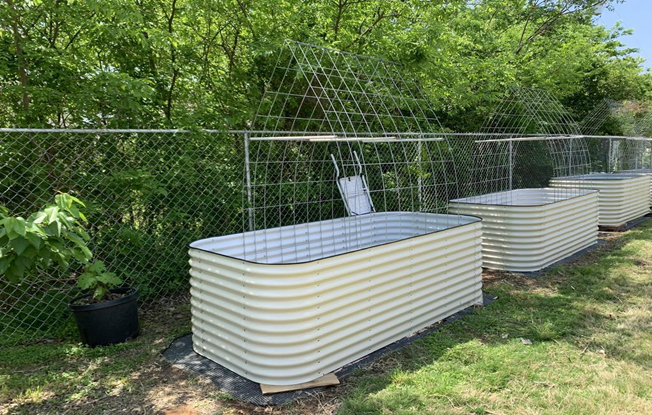An elevated bed yard can be utilized for backyards with bad dirt and drainage issues. A raised bed suggests building over the ground, where you don’t have to fight versus poor soil and bad drain. You also have overall control over the soil structure, contents, and drain.
What is a Raised Bed Yard?
A raised bed garden is a yard above ground and had in an area with high sides. The gardener walks in between the beds, and it is a well-organized way to the yard. It can be any deepness you choose and can be utilized for virtually anything you wish to plant. Herbs grown in elevated beds have an advantage over the ground, expanding for several reasons.
Exactly how to Make a Raised Bed Yard
One of the most preferred elevated beds is the included raised beds garden. They supply excellent growing conditions for several vegetable and herb gardens and flower yards. Also, many fruits such as strawberries, grapes, and raspberries do well in raised yard beds.
Considering that most raised beds are created from timber, we have produced steps for a raised bed.
Tips 1
Picking a site is among the most crucial choices when developing a raised bed garden. Make certain to choose a location that will get full sunlight because many vegetables require complete sunlight. If you wish to plant vegetables that need partial sunlight, either create another bed in a different location or find a place that will get both complete and partial sunlight. Additionally, ensure the area is level, so it will certainly make it very easy to water, and all locations will receive a continuous and equal quantity of water. If you intend to make sprinkling a simple shot, install a drip watering system that will be easy to use and maintain your yard completely sprinkled.
Tips 2
Decide on the shapes and sizes of your raised planter boxes. See to it you will be able to gain access to all parts of your garden without entering the bed. Attempt keeping the yard long and also narrow, which will certainly allow you to access all your vegetables without, in fact, stepping on the yard. This is excellent since your dirt will not come to be compact from stepping around it. This will offer you carrots that expand and grow as straight as an arrow. Remember, accessibility is vital, and also, if you decide to put your yard up against fencing, try making it just 3 feet wide so you do not need to step on the garden. The deepness of the raised bed garden is up to you; however, the much deeper, the far better, especially if you will certainly be expanding carrots or parsnips that require much deeper dirt if you can attempt making your bed 12 inches deep!
Tips 3
The prepping of your site is extremely important. Once you have the sizes and shape of your garden, you will start constructing the bed. It’s a great suggestion to dig out the existing turf and loosen up the dirt listed below to a depth of 8 to twelve inches. This will give your garden added deepness as well as excellent water drainage. Cover the existing sod and soil with paper or cardboard if you wish to hurry.
Tips 4
Now it’s time to build the bed. Use rot-resistant lumber such as cedar or among the more recent composite timbers to make your bed. Depending upon the size of the garden, by ‘2 by six’ pieces of timber will certainly have the ability to create the entire yard. Cut your items to the preferred length; connect them to make a basic frame. They are various means to connect the timber; however, pick one that is easy for you and will certainly stand up well for many years of use.
Keeping a raised Bed Yard
Happily, raised bed gardens require very little maintenance. Each springtime or autumn, it’s an excellent concept to the top gown with fresh compost and manure, or, if your bed holds plants for part of the year, go ahead and dig the compost or manure into it the leading several inches of soil. As with any yard, mulching the top of the soil will help maintain dampness and maintain weeds down. Moisture retention is important since raised beds tend to drain pipes faster than standard beds.

